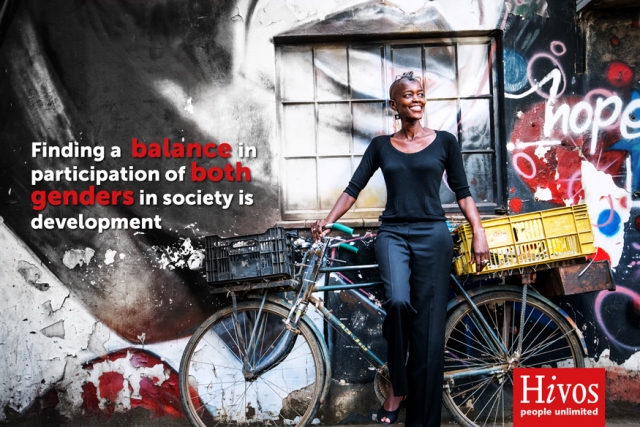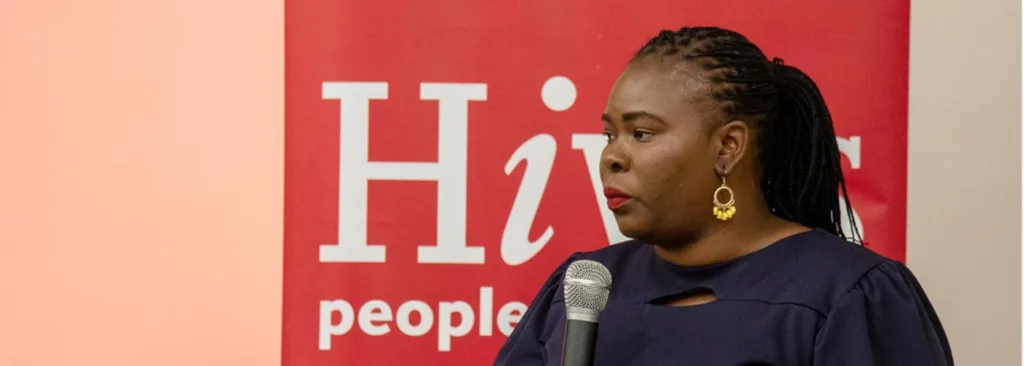Diversification continues to be a buzzword in Zambia right now, and for good reason. The Zambian food system is not delivering enough affordable or nutritious foods for the majority of the population – a direct result of the country’s high dependence on one crop: maize. This translates to poor nutrition and greater impact on the climate. As Assistant Program Officer for Consumer Unity and Trust Society (CUTS) Lusaka, Jane Zulu talks about her work with the Zambian government to create a food system where both agricultural production and diets are diverse, highlighting these issues on a global stage. For Jane, the consumer is key – and from a consumer perspective, it’s all about changing mindsets.
Shifting cultural norms around maize
According to Jane, the main belief holding Zambia back is this: “The population thinks: if there is no maize, then there is no food”. She notes that, “There really needs to be a change of culture. People should become familiar with dishes without maize, and learn that this is more nutritious, healthier, and better for the country.” As maize became a staple of people’s diets, many old Zambian dishes and crops were forgotten. This is problematic, as Jane remarks that “Over the years, we have come to know more and more that eating too much maize is not that healthy at all, because it can cause obesity and malnutrition. That is why we must switch to more nutritious, more diverse food.”
The truth is, this over-dependence on maize isn’t only bad for nutrition, it also intensifies the effects of climate change “In Zambia, two-thirds of the crops grown consist of corn,” says Jane. “But corn does not survive the drought that we are facing. Millet, a type of grain, could withstand this drought and therefore provide food. Only that is not what the farmers grow.” Furthermore, the exclusive farming of maize also hurts the soil. “It is never good to grow just one crop on a piece of land,” says Jane. “That dries out the soil and makes it less fertile. Crop diversification is important for healthy soil. ”
From the agro dealers who sell the resources to the famers who produce the crops, to the consumers who eat the food, true agricultural diversification requires a mindset change throughout the entire food system. This is the only way to ultimately put this change in diets in motion. Moreover, Jane emphasizes the need to influence policies and practices by mobilizing citizen groups to jointly drive evidence-based policy change towards crop diversification that is in line with local needs and realities.
Directing policy toward diversification
At the recent international meeting of the Committee for Food Security in Rome, Jane spoke out about the potential for food system transformation to address these critical issues of climate change, biodiversity, and health. She shared the outcomes of the ‘Beyond Maize’ study, which outlines the lack of diversity from farm to plate and gives policy direction to the Zambian government when it comes to addressing monocropping and mono-diets. While the current dominance of maize production in Zambia was influenced by the Farmer Input Support Program (FISP) and the Food Reserve Agency (FRA), the study supports the electronic voucher system (e-FISP) as the best option for agriculture diversification because it allows farmers to select the agricultural inputs of their choice. Alongside other SD4All partners in Zambia, CUTS is trying to convince the FRA to encourage the production of various crops and provide farmers with access to diverse crop markets. They can’t do this alone though.

Jane’s key ingredient for a healthy planet and people
The way Jane sees it, the best way to drive this change from the bottom, up is by getting all those involved in the food system to collaboratively act on their priorities and concerns – an approach known as a multi-actor initiative. Jane exemplified this approach through the Zambia Food Change Lab, sharing the Lab experience at the recent World Food Day celebrations in Ede, the Netherlands, where she joined a panel of experts on ‘Circular food systems and the plate’ in a session to define a 2030 recipe for healthy people and a healthy planet. Among the key ingredients, she expanded the notion of inclusivity to incorporate country-based multi-stakeholder platforms like the Food Lab in Zambia.
Most importantly though, she underlined the role consumers play in creating a circular food system. “Consumers are key. We’re still trying to reach the gap between farmers and consumers. We’re working on highlighting the informal sector as a main place people get food.” CUTS recently helped to conduct a study on informal food vendors, showing how selling a variety of products at relatively low prices, they offer consumers access to healthy, nutritious and affordable food. Harnessing this potential and integrating it into urban policy planning could help Zambia meet SDG 2 ‘Zero hunger’ and improve the diets of people across all income groups.
Will it work?
Like Jane says, although policies like the e-FISP can unlock the potential for diversification, the bottom line is that it will require changing the mindsets of everyone – farmers, input suppliers, traders, marketers and consumers. This is the only way we will effectively diversify agriculture and diets, both in Zambia and the rest of the world.








